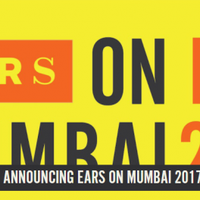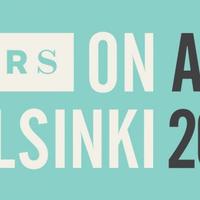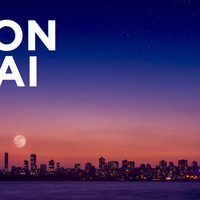EARS on Mumbai: Vibrant Platform for Cross-Cultural Collaboration & Networking Opportunities
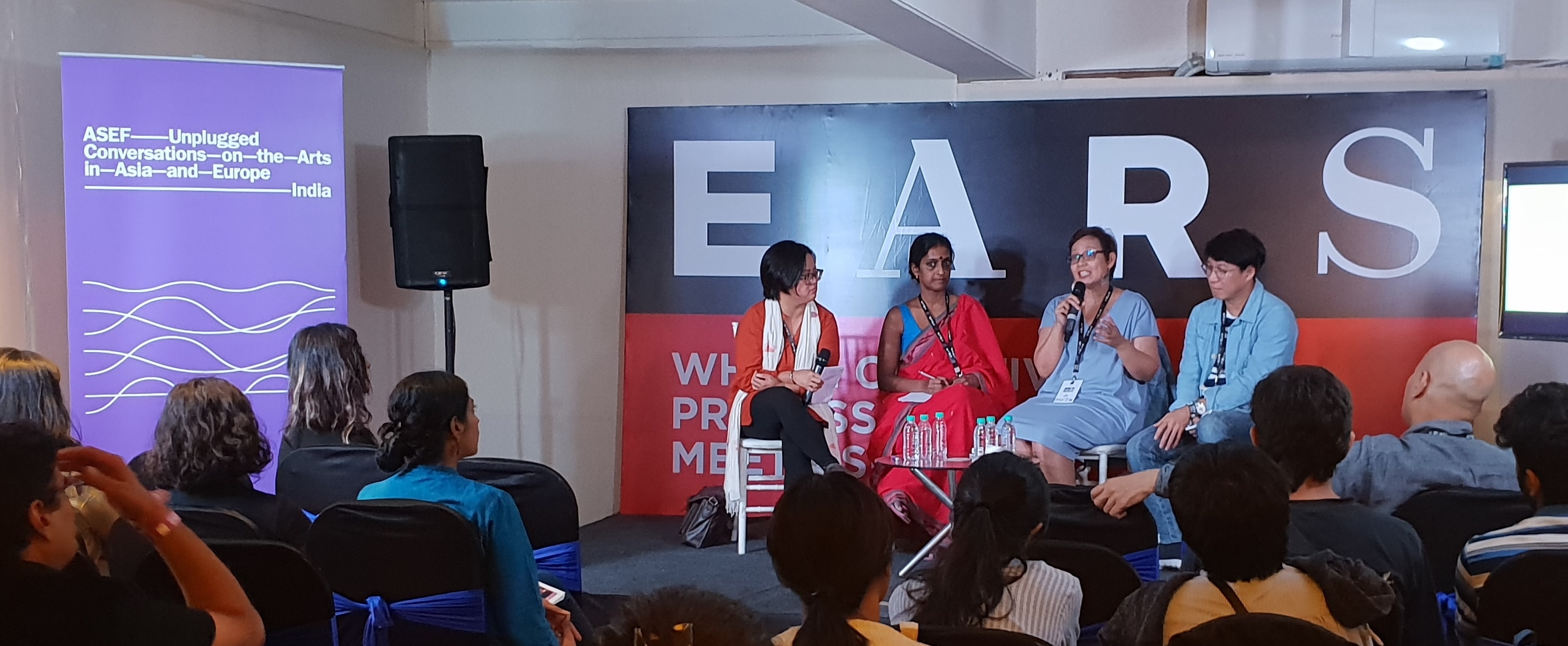
The Europe-Asia Roundtable Sessions (EARS) aims to provide a creative platform to support international collaboration and cross-cultural interaction between Europe and Asia. With the growing interest in the creative industry, the creative and production process and business opportunities in media, music, and performing arts have become part of the discussions and dialogues among the professionals in the field.
Held in Mumbai, India from 16-17 November 2018, EARS on Mumbai, facilitated the dynamic exchanges between professionals in the creative field, performing artists, filmmakers, musicians, managers, and producers from all over the world. Arts and cultural practitioners participated in sharing their ideas and experiences in various dialogue and roundtable sessions. Such dynamic interactions are expected to create a significant impact in the creative industry in both regions of Europe and Asia.
The programme was curated according to themes and subjects that matter in the fields of music, dance, film, and performing arts. The exchanges between Europe and Asia were evident in all aspects of the programme suffusing personal and professional experiences in the areas of content creation, positioning or roles of the artists in the production, censorship, funding, investment, marketing, and infrastructure. These vibrant happenings allowed the participants to establish personal contact and conversations that would propel future connection and collaboration.
Key Themes of Discussion:

Future of music journalism
In this era, when digital technology and social media have become the preferred platform for communication and sharing of stories, music journalism has changed its role in the music business. Writing about music for public’s consumption today does not depend on the traditional practice of the journalists anymore. Anyone can write about music within his/her own e-space. There is a lot of new music coming up in the market every day. Because of the proliferation of various kinds of genre channelled through different devices, content and meaning of these works can be disregarded.
Accessing music through mobile phones and online devices has now become a common practice. These platforms are being considered as more powerful and influential, especially by the younger audiences.
One way to be survive in the industry is to maintain good content and get people to read articles about music. These texts can be both informative and insightful, and should cater to the interests and tastes of its readers. One strategy to keep the readers constantly following on the artists’ new works and even expand its audience is to include interdisciplinary discussions that would tackle interesting and relevant intersections in music, business and media. A sustainable and easy to access platform for these texts to be published is through online digital media.
Music strategy
Interestingly enough, nowadays the idea of European music export agency has changed toward the cultural aspect. Music has been considered as a cultural resource to exchange between countries, instead of looking at it as an export product. Therefore, many professional music artists also have taken these opportunities to create networks, conferences, touring, showcases, connections to build up conversations and dialogues from people to people, then the stage is turned into a “cultural ambassador”. This happens in the broader scale with big organisations. It is very important to set up an export organisation with the right partner to the right contract.
European arts funding also supports music arts in many facets referring to education, democracy, liberal arts, and management. In Norway, everything has to be planned in advance to get a project supported, while, in Denmark, the music from outside is needed to create new interesting works like Nordic music merged with Indian music. The collaborative and creative level between organisations from countries is likely more possible than the business point of view. Nonetheless, in European countries like Austria and France, classical music is not included here because it gets its own backing.
Indie music in Asia
In Southeast Asia, the market of indie music is very limited to the domestic mostly because of the language barrier. Thailand and Lao PDR can have an exchange across border according to the similar language as well as Malaysia and Indonesia, but it is still quite difficult to bring it to the worldwide market. For China, the domestic market is huge therefore it has no ambition to go abroad. Sometimes foreign artists are invited to collaborate with Chinese artists. To tour Asian indie music abroad like in the United States or in European countries, the target is Asian audience mainly. On the contrary, India has a bigger international market with the expectation from the audience to hear “Indian” music. Generally speaking, the indie music in Asia nowadays is still struggling to get support from the government. Some music may get promoted to the international platform, but not the artists themselves.
Hip Hop music in Asia
Questions like “Who runs the streets?” and “Where is hip hop music right now?” were raised during the discussions. From the streets to the platform of subculture, Hip Hop music in Asia still looks for talent and development, and it becomes the new media of expression. The diversity of culture and language is a strong character of Asian Hip Hop music. In Indian music industry, it has a massive intension with all new media and gets so much of expectation. However, the controversy of making people to understand and listen to the music is an endless topic to be discussed. Concurrently, Indian Hip Hop music still looks for its own identity to create new works and not to be confused with the culture issues.
In Asia, in general, Hip Hop music has been around for over 20 years and transformed consistently, especially, once it stepped into the TV media and kids started to learn from it. Today, it has been facilitated by a long-term relationship between artists and agencies or promoters, even though many independent artists have never gotten one. Apparently, there is no system in the music industry to promote Hip Hop in the music business as much as other genres of music.
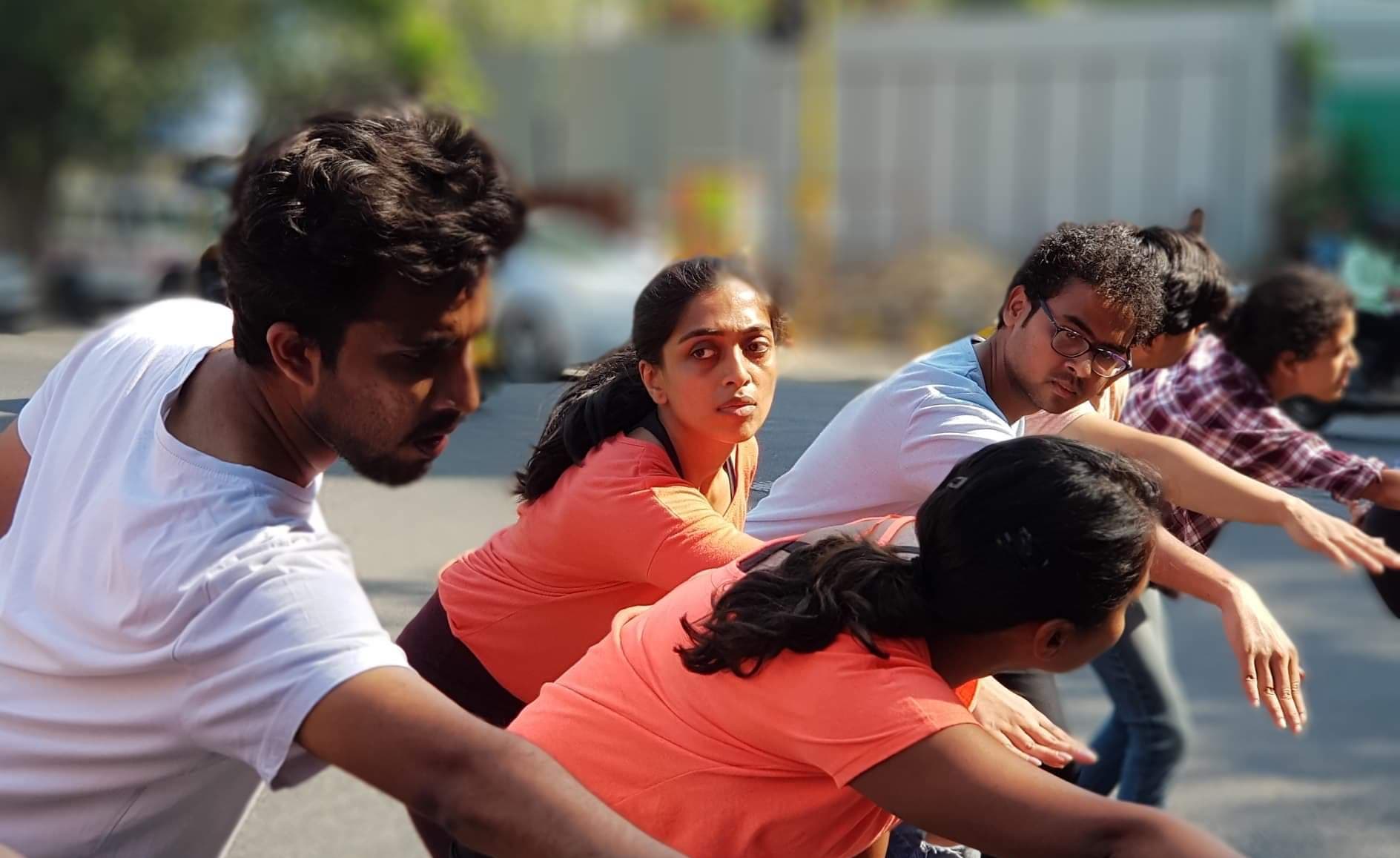
Dance festival in Europe and Asia
Finland has a long history of dance festivals. Contemporary jams and fringe festivals with artists from India are currently being explored within the continent and promoted to the other countries. Most of these events are supported by various European funding agencies.
In the case of India, however, government support is lacking. To apply for support to initiate a programme, event, or festival, for instance, the applicant must have a strong portfolio along with an established reputation to gain recognition and acceptance. The collaboration between Finland and India is a good example of such an endeavour. The collaborative efforts to put up programmes can be between a group of artists or a single artist. The success of these endeavours impacted other cities and places in India such as in Bangalore, where there is a newly introduced contemporary dance with a positive approach to young people.
Creating immersive environments in performing arts
The relationship between a performance and audiences are recreated in order to get free of rules and conventional circumstances. Many artists tend to break the proscenium stage and other ordinary space. By doing that, they examine alternative space to put performances that audience can react to and respond whenever they feel or they can participate in the performance or even create the instant direction. Sometimes, the performance can be observed on a street or in a factory
building. That means the audience is being watched by other audience as well and everything can be simultaneous and risky. How to rehearse with audience participation is also an important question.
The role of India Foundation for the Arts
India Foundation for the Arts (IFA) is a non-profit organisation that supports research, arts practice and education in the arts and culture all over India. The outcomes may be in any form, like film or works of art. The organisation fills in the gap where the artists cannot find the support from other sources and challenges the arts to create the bridge between people-to-people in order to have more understanding in the arts and culture. To bring the most benefit to people, an archive in digital platforms is created along with the journal of experimental art in India.

Negotiated spaces: women in the film industry
Issues concerning inequality in film production were discussed extensively. Hierarchy of roles was defined from the film director, cinematographer or director of photography (DOP), editor, actor, etc. Each position has a corresponding role to follow and function. As women artists/practitioners in the field, their position is more vulnerable, prone to scrutiny and most often, undervalued.
To be recognised and regarded in the field, women cinematographers, editors, actors and the like had to negotiate their positions by changing the language and shifting its tone to assert themselves. However, gender roles and hierarchy are not the only main concerns that need to be dealt with. There are multiple layers of issues that are considered muted or silenced by their very own system: it is the attitude towards ethnicity, caste, and social class.
Filmmaker identity and freedom of expression
In India, film is not an art form; it is a business. In the past, there was no social media, no documentary photography, no recording. Everything was held in its own context. But this is not the fancy career path when s/he is struggling with their family’s shadow. Some filmmakers have to build a reputation outside the country to get recognised by people in his/her own country.
In this panel session, the issue regarding finding the filmmaker’s own voice amidst the constraints and limitations brought about by the tradition and accepted system in the film industry, was lengthily discussed. How does one present and articulate one’s reality if there are strong censorship policies in place? How do artists/filmmakers respond to the boundaries that limit their artistic endeavours and practice? Is it necessary to subvert tropes of religion, politics, and gender just to get the works accepted by the leading institutions and public? These are some of the hard questions that propelled in-depth discussions among the audience and panel members.
Conclusion
The roundtable sessions were accomplished by gathering people from different parts of the world who share similar advocacies in the arts, specifically in the fields of music, film, and performing arts. Participants from different cultures, with different backgrounds, roles, and functions in the industry met and established connections driven by the passion and intention to present, articulate, and tell stories that matter.
This endeavour reaffirms the vast potential of the creative industry in the economy as they provide employment to the locals, support to the local businesses and making the cultural practices relevant and meaningful not only to the audience and market but also to the artists and creators. This is a good indicator of the potential of the industry to enhance and improve the socio-economic conditions of the people.
As part of the Regionally Speaking Network in Southeast Asia, our group can continue the conversation in the context of the region’s current situation and condition. Emphasising not only the creative process and production but also the economic and business side of art making is a good platform for discussion among emerging and developing economies in Southeast Asia.
Learning from the experiences of developed countries and how the systems are established can be a suitable starting point of the next Regionally Speaking Network meetings and gathering.
-----------
Follow the story at #RegionallySpeaking #ASEFculture #OpEd
About the authors:
MARIA SHARON MAPA ARRIOLA has been in the tertiary education sector for over 20 years teaching humanities, multimedia arts, modern and contemporary art, research, Philippine art, culture and society. At present, she is the Associate Dean of the New Media Cluster of De La Salle-College of Saint Benilde School of Design and Arts in Manila, Philippines.
Ritirong Jiwakanon has been teaching dramatic arts as well as working professionally on production design for theatres. He is also operating the Cultural Management program and the deputy director in international affairs for the Institute of Thai Studies at Chulalongkorn University.
The participation of the authors in EARS on Mumbai 2018 was part of their membership to Regionally Speaking, a peer network of mid-career cultural professionals in Southeast Asia. The Asia-Europe Foundation (ASEF) has been supporting this network since 2016, along with other partners such as Griffith University (Australia) and Georgetown Festival (Malaysia).
Between September and December 2018, ASEF supported the Regionally Speaking network to attend key arts conferences in Asia and Europe and reflect on them through a series of 3 articles for culture360.ASEF.org. This is the last of the series. Others include 26th ENCATC Congress and ENCATC International Study Tour in Tokyo.
Similar content
posted on
30 Jun 2023
from - to
06 Dec 2017 - 09 Dec 2017
from - to
25 Aug 2016 - 28 Aug 2016
26 Apr 2019
from - to
16 Nov 2018 - 17 Nov 2018
By Kerrine Goh
29 Mar 2004


